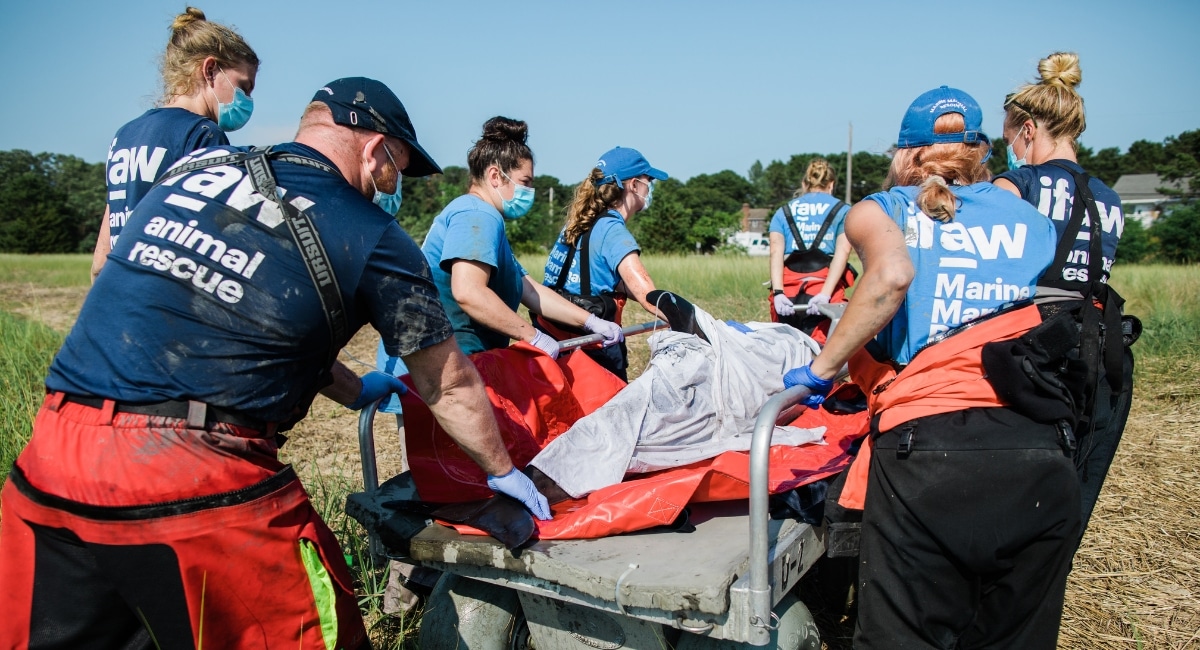
Want to have a personal fundraising campaign that really makes a difference? One great way to connect with potential donors and inspire them is by telling stories – but not just any stories.
In this article, we’ll look at nine tips from experts about how to share stories of impact well when you’re trying to raise funds.
Whether it’s writing in a persuasive way or using pictures cleverly, these ideas will help you show why your cause matters – and encourage others to join you. So get ready: it’s time to learn the art of storytelling for personal fundraising success!

As a personal fundraising campaigner, it’s important to be genuine when you share impact stories. Authenticity helps people connect with real triumphs and challenges – these are the things that stick with an audience.
Instead of painting over difficult parts, talk about how your cause transforms someone’s existence. When you are open and honest, people trust what you say – and they feel connected to it, too. This can mean they’re more likely to get involved or support you.
Don’t forget: a raw, real story is one that individuals relate to. So don’t worry about sharing both the good and bad parts of your experience; this will only make your fundraising campaign stronger overall!

If you want to tell a story about the impact of your personal fundraising campaign, sometimes words aren’t enough – you need visuals.
Think about how powerful it would be to show people the happy face of a child who received educational resources paid for by your fundraiser. Or demonstrate through video just how much of a difference your initiative made to a community in need.
These types of images and clips don’t just help illustrate your narrative with depth and emotion. They stick with viewers long after they’ve left the page.
By harnessing the persuasive power of strong visuals in this way, you can ensure that you grab supporters’ attention, move them on an emotional level, and encourage them to take action like never before.
After all, a picture (or moving image!) is worth considerably more than 1,000 words – so make sure yours packs a punch!

Sharing personal narratives can have a profound effect on your efforts to raise funds. When you shed light on specific people who will profit from the money given, donors feel a greater connection to the difference they can make.
For instance, if you share how one student was awarded a scholarship enabling them to follow their dreams, others may be inspired to contribute towards educational initiatives.
When individuals can identify with what you’re fundraising for because there’s someone behind it whom they feel like they know. This has an emotional impact, and people want their actions (in this case, donating) not just to matter but also to have meaning or change somebody else’s life!
Personal stories really do move us. They move our hearts, and sometimes that means we open up more than just an email inbox… we might even open wallets, too.

When telling stories of impact in your personal fundraising campaign, it’s important to strike a positive and optimistic tone. Rather than dwelling only on the hardships faced by a community, talk about how donations can make a difference—with concrete results.
If you can illustrate the effects of giving by saying that $10 provides clean water for a month or that $50 educates one child for a year—do so: people respond well to quantifiable information coupled with hopefulness.
By sharing stories that have happy endings (at least so far) and triumphs big and small, you not only uplift your readers or viewers but also inspire them to believe they can help change things for the better.

Incorporating testimonials from people who have directly benefited from your cause can make a difference. Adding impact stories may help, too—though if you decide to use them, consider ones including individuals who’ve directly benefited from your work.
For instance, if your nonprofit raises money for scholarships, instead of only citing facts and figures about how many young people struggle to afford college, share a heartfelt quote from someone who was able to go to school because of one such scholarship.
Personal narratives are important because they can help potential donors feel more connected to an issue—and understand that they themselves might be able to do something tangible about it.
When you include testimonials in fundraising materials or direct pitches, you’re not just saying, ‘Believe us!’ You’re also saying, ‘Look at this amazing thing we all did together! Join us so we can keep on doing it.’

As you promote your personal crowdfunding campaign, it’s important to be clear about the impact of donations.
Instead of saying generically that contributions will ‘support cancer research,’ explain exactly what a donation can do—for instance, enabling groundbreaking clinical trials, covering costs for needy patients, or something else entirely.
When people understand concretely what their support might accomplish, they’ll feel more confident about giving; nobody wants to think their money could be wasted.
And if you’re both transparent and specific enough? This creates a powerful story—one in which individuals can picture exactly how they might help bring about change through their gift.
It could end up being persuasive or trust-building enough that more people decide to contribute!

To keep your backers engaged, make sure to update them on your campaign’s progress and share stories about the ongoing impact it is having.
For example, let donors know how their contributions have made a difference or tell them about individuals who have benefited from your cause—personal anecdotes help bring home the real-world effects of their donations.
When people feel informed and involved, there’s more transparency and accountability—and that can inspire continued support.
Providing regular updates (including ones that show how funds raised so far are being used) doesn’t just build trust. Seeing tangible results in real-time also tends to spur people on to give more money!
Remember: you want to sustain interest as well as encourage commitment. And communicating a little often does this better than going silent for long stretches.

Think about your impact story as if it were a work of art in itself—one that has all the elements to engage an audience.
The setting—does it take place on a busy city street or in a calm rural community? Conflict—what challenges does your group face that would grab people’s attention because they want to know how this turns out? And resolution—how can your fundraising make things better?
For instance, a student wants to go to college but can’t afford it. We gave scholarships, and now the student can afford college and is going… somewhere exciting!
Using techniques like these when you tell stories helps donors relate (that means feel alongside), so they’re more likely to give.

Motivating supporters to share stories about the impact you’re making can increase how far your campaign reaches and how much people engage with it.
If you provide content that’s easy for them to share – like striking images or quotes that inspire them – then they’re more likely to post about you on social media.
For instance, you could create an infographic that shows lots of people exactly what your cause has achieved so far – think key stats or maybe successes – because it might grab their attention and make them want to get involved, too!
It’s also worth actively responding when supporters do things like thank them for sharing your posts or re-post what they say. This kind of thing can help ramp up excitement as well as foster a feeling of community around your fundraising drive.
In the world of personal fundraising, it’s not enough to simply ask for donations. Impact stories help us do more than collect funds. They foster connection, inspire action, and create real change.
By following these nine tips when sharing impact stories in your campaign, you will up your storytelling game –– and really resonate with your audience. Because behind every donation lies a story waiting to be told … and a life that could change as a result.
So embrace the power of storytelling! Use it to ignite compassion in others – and watch how your efforts to raise money begin having an impact (that’s actually felt) by more people who need help.
Together, we can create not just waves but a current strong enough to sweep positive change across any ocean you care to name.